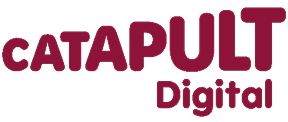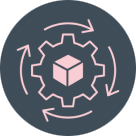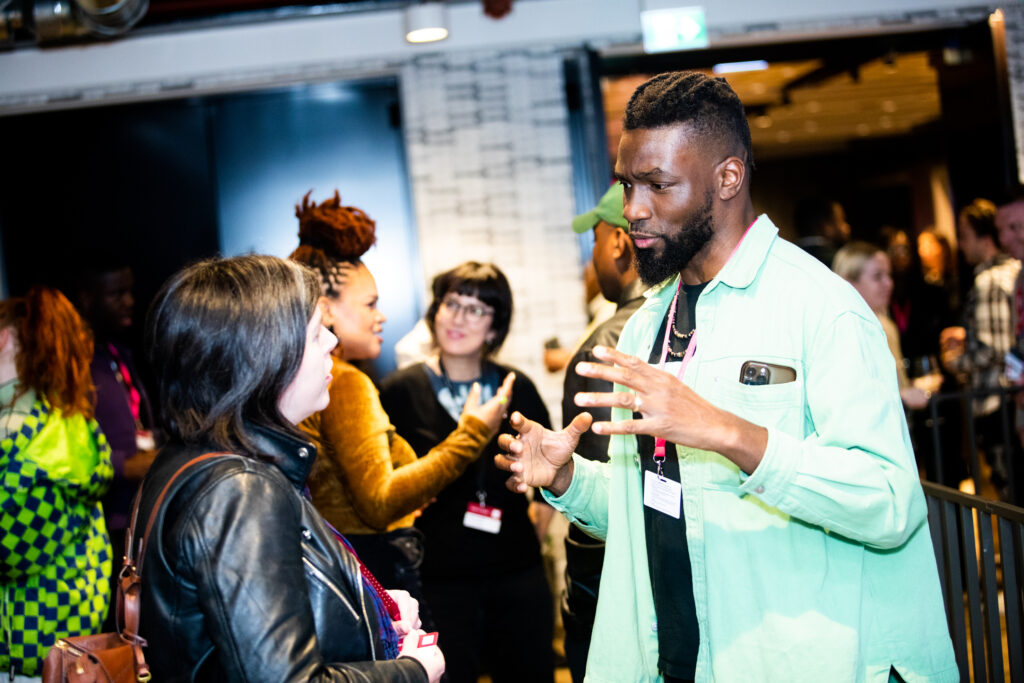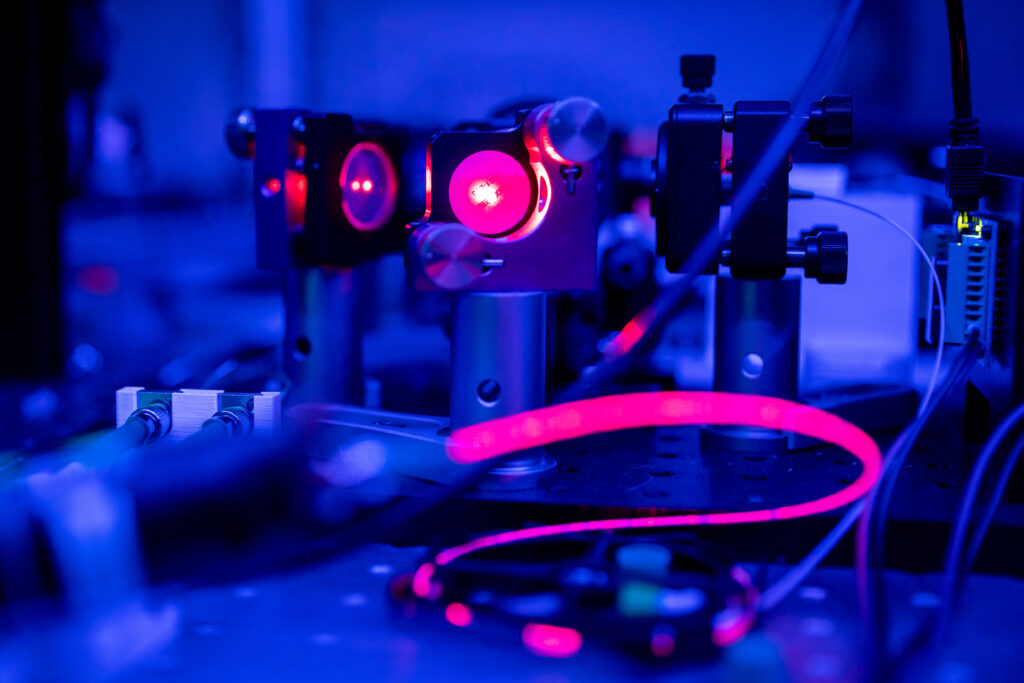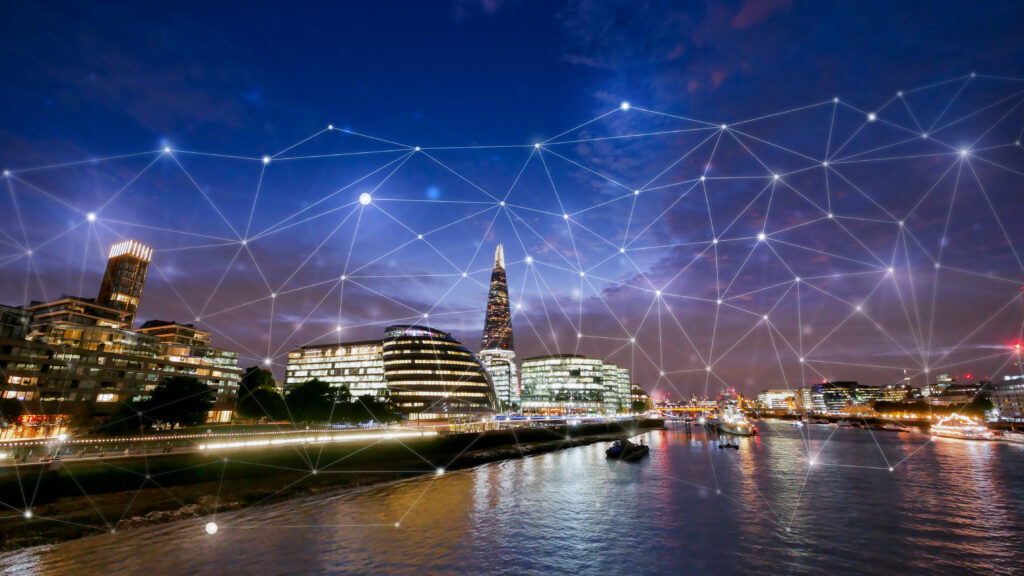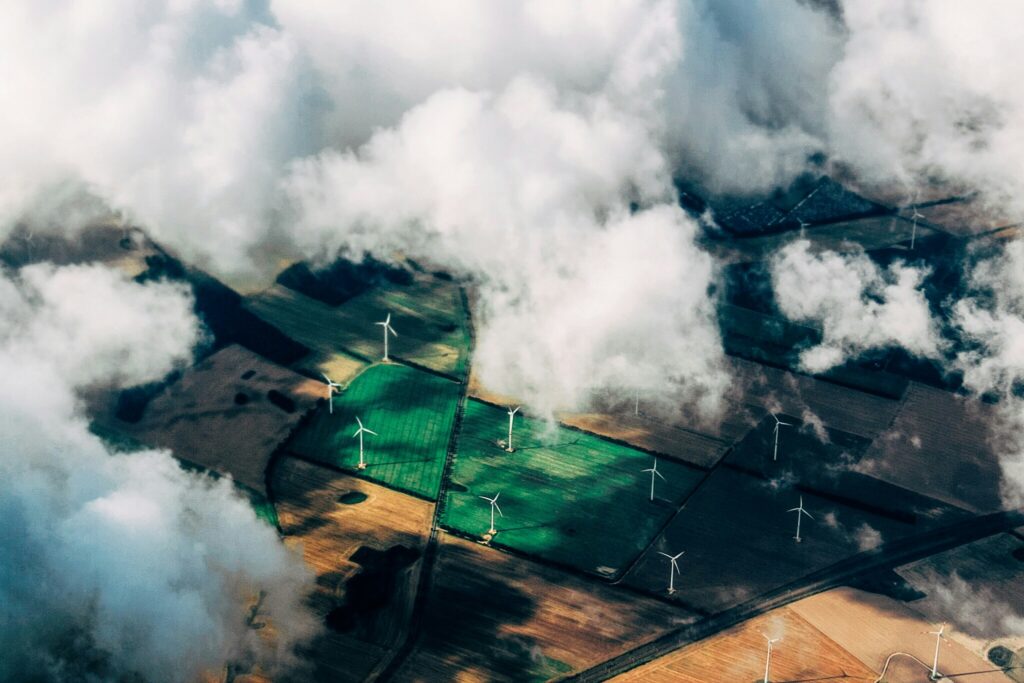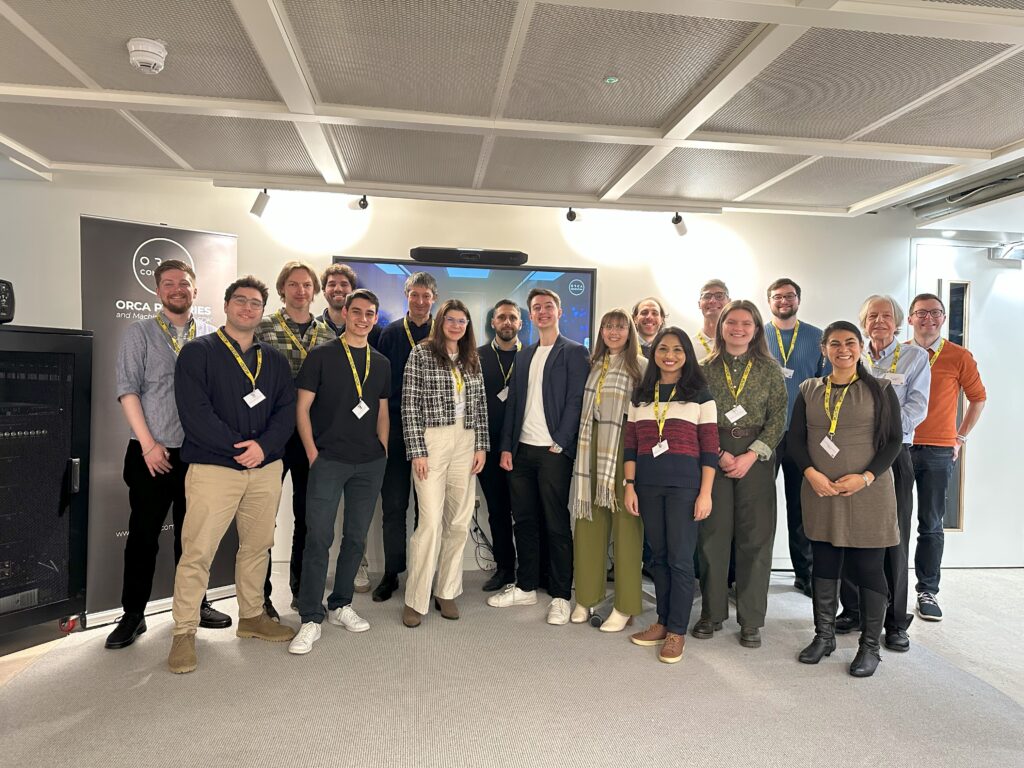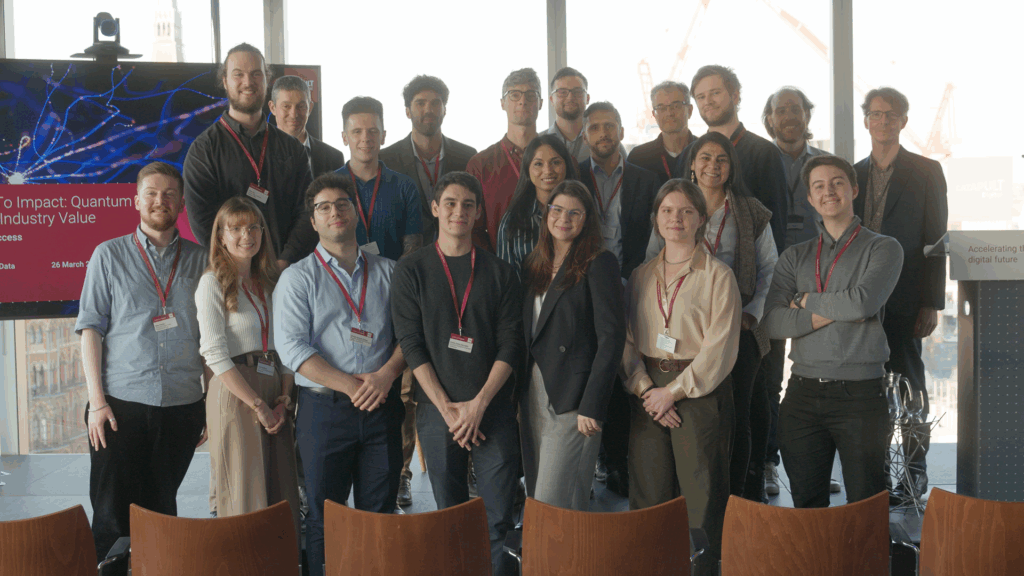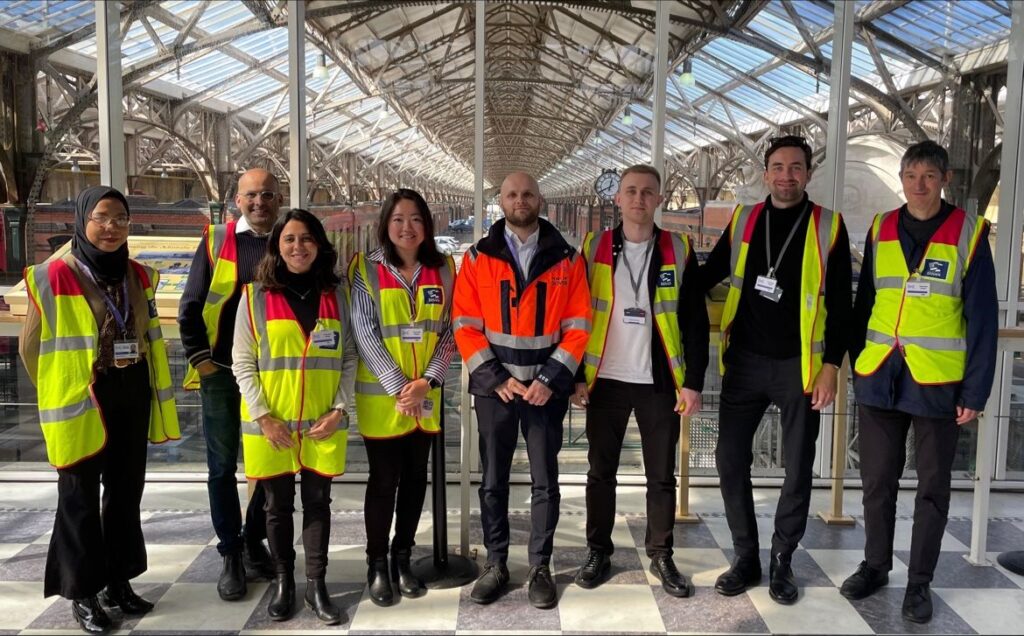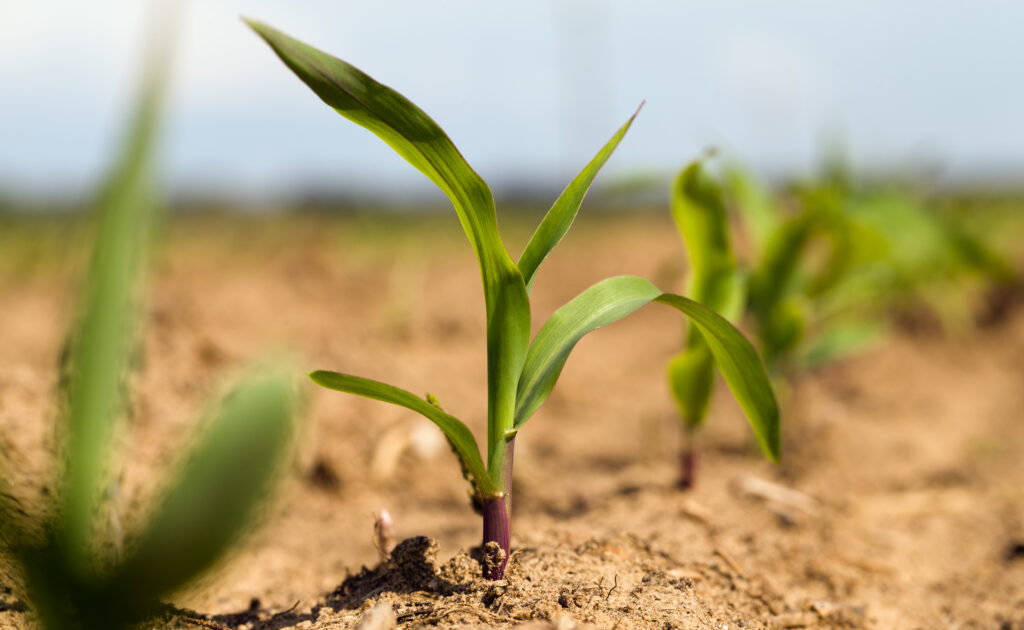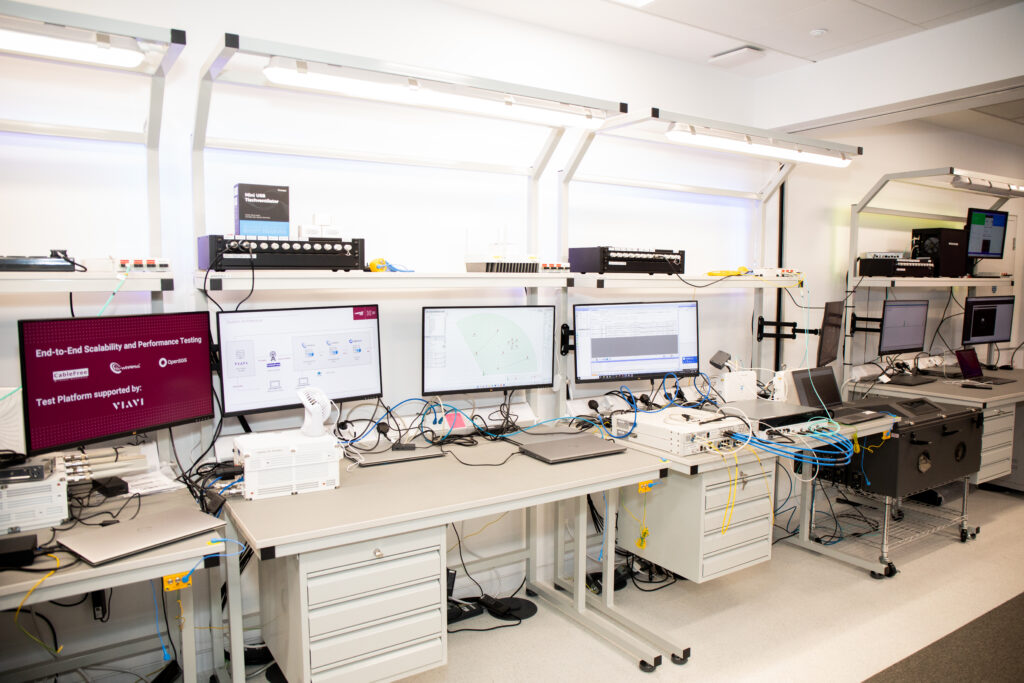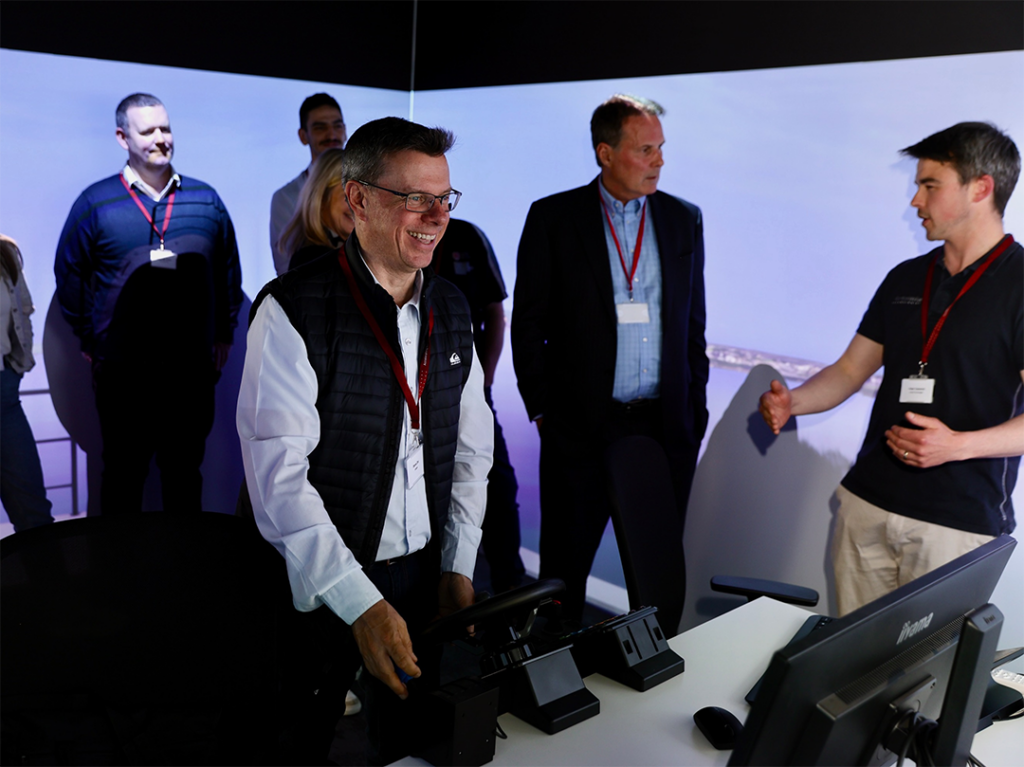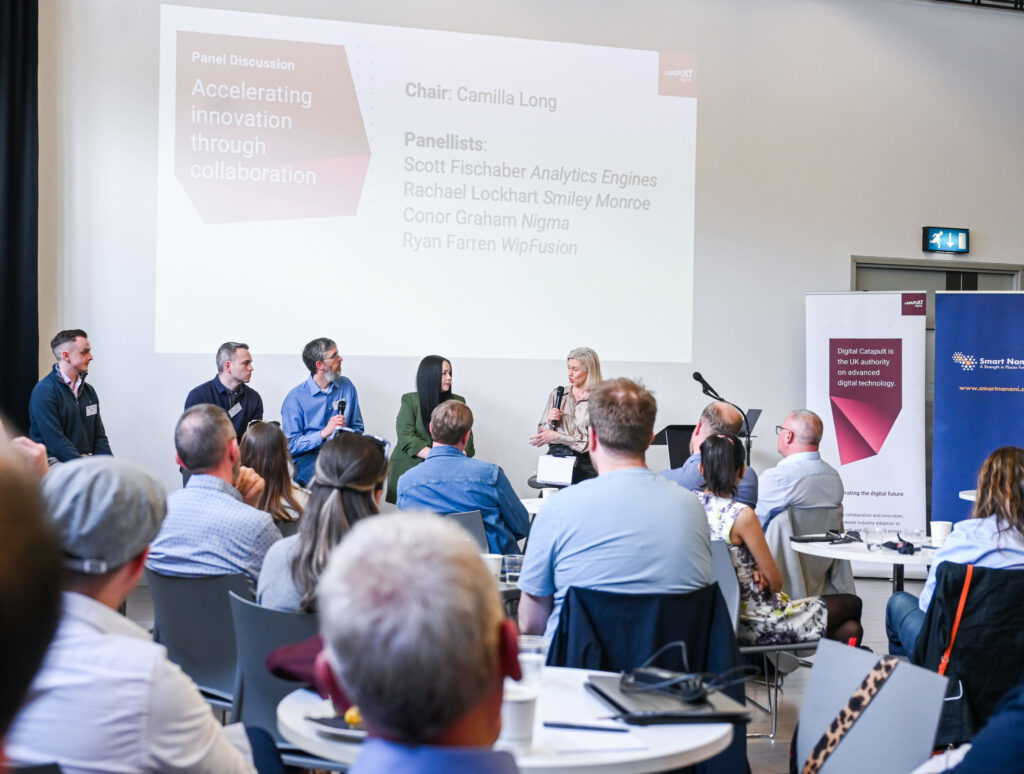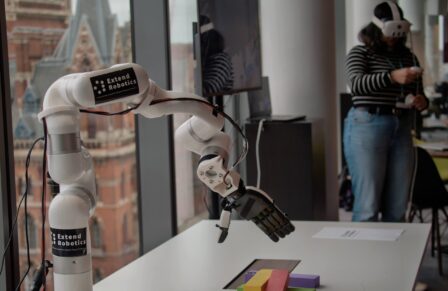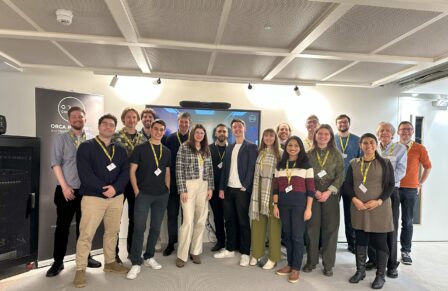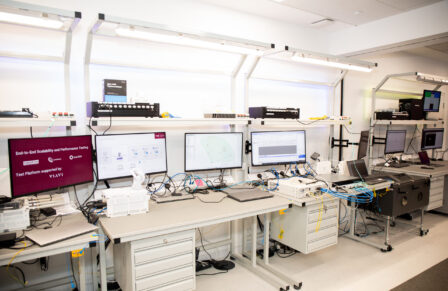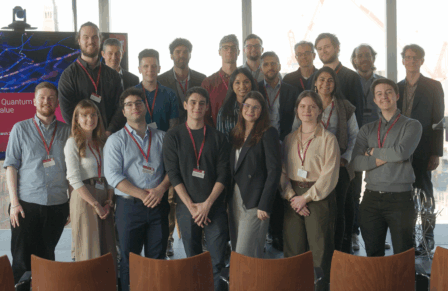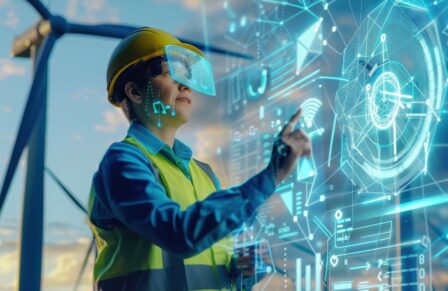Circularity is an important way to make business more sustainable. Businesses are increasingly looking at how to shift from a linear economy to circular. Here we look at how this could work and why we need change, where are the challenges, and how digital technologies are accelerating the transition?
What does a linear economy look like?
Typically, a linear model follows a route from sourcing of materials, through production of components and assembly of the product, to the use and end of life of the product.
It’s a one-directional model that uses natural resources for mass production. These products use natural resources, mined all over the globe and are quickly disposed of after a single use or owner, resulting in significant impact at either end of the supply chain. This tests the physical limits of the planet and threatens the economic and environmental stability of our future.
The question is how to disrupt this model and work towards something more sustainable that creates value for the environment, society and the economy – a circular economy in which products and components can be reused, repaired, remanufactured and recycled (the four Rs), rather than ending their life after a single use.
Why we don’t already have circular economies
There are some key things holding back the shift:
- No current commercial drivers to reuse components. Current business models only suit the production of new products and use of new materials.
- Ensuring the performance of reused components is difficult. It may require through life assessment (impact, fatigue, abnormal loading) and post life, non-destructive material property assessments which are currently not possible, or at least very difficult.
- The costs of storage, cataloguing and refurbishing of components from deconstructed and disassembled products are unknown.
Individually, these factors are not insurmountable but, looked at together, it’s clear there’s plenty standing in the way of an immediate transition to circular.
How digitalisation can push us forward
Digital technology offers a way to gather and share data that helps monitor the condition of reusable assets, minimising risk and assuring manufacturers and users of the quality of the product.
Take ‘anything as a service’ (XaaS) business models, for example. In Xaas, the outputs of an asset are sold, as opposed to an asset itself. The asset remains under the ownership of the service provider, who makes money based on the success of the asset (and therefore has responsibility for its success).
It’s in the best interests of the manufacturer to keep an asset at maximum utilisation and in good working order for as long as possible.
For this to work, there are three priorities:
- The business needs to be restorative and regenerative, aiming to keep products, components and materials at their highest utility and value.
- There needs to be a continuous and positive development cycle in operation.
- The business must optimise resources and minimise risk.
Building digital connectivity into assets can help meet these needs, as it means we can track:
- When an asset is on or off
- Its overall equipment effectiveness (OEE)
- How long it spends idle
- Its long- and short-term performance
- Where it is
Gathering this data helps monitor how assets behave through their life, therefore ensuring their condition and keeping them reusable for longer as well as potentially providing useful insight to the end user of the asset.
In practice, this means a product that’s in use sends data back to the manufacturer, and:
- The manufacturer finds out what maintenance is needed.
- Quality assurance teams can check how the product is operating.
- Product design teams can make sure products are more robust in future.
- Maintenance teams can inform customers when the product needs servicing.
- End of life teams get a clearer picture of when the product is nearing the end of its life, creating opportunities in the circular economy.
How do we provide validation that reused products are valuable?
This is a question that matters for manufacturer and user alike. One solution is to introduce a materials passport, containing data validating the parts, such as their quality, function, past ownership and uses, disassembly guidelines, and opportunities for recycling and reuse.
An example of this in practice is BAMB – the Buildings as Material Banks project – which provides digital information on buildings in construction in a materials passport, in order to reuse and repurpose materials at some point in the future when the building is refurbished or eventually disassembled.
There are likely to be more and more passports like this one coming into operation as industries recognise the importance of data sharing and sensible data governance.
Digitalisation is key to achieving sustainability
Importantly, the right infrastructure needs to be in place to facilitate a circular economy. That infrastructure needs to:
- use renewable, climate-resilient materials
- reduce demand for finite materials, through better planning and design
- offer recycling facilities, sharing networks, reverse logistics and marketplace
- encourage resource recovery through collection, sorting and processing.
Digital technology is crucial for this infrastructure to work, as it enables connectivity, automation and optimisation of circular economy activity.
For example, AI can help choose resilient energy sources from a complex mix, based on supply, demand and conditions.
We need to see progress before COP28, and the twin transitions to digital and green economies are key to making that happen.
If you are interested in finding out more about Digital Catapult’s work to help companies increase their competitiveness and resilience through a focus on sustainability alongside digitalisation, contact Digital Catapult’s Head of Sustainability David Pugh [email protected]
